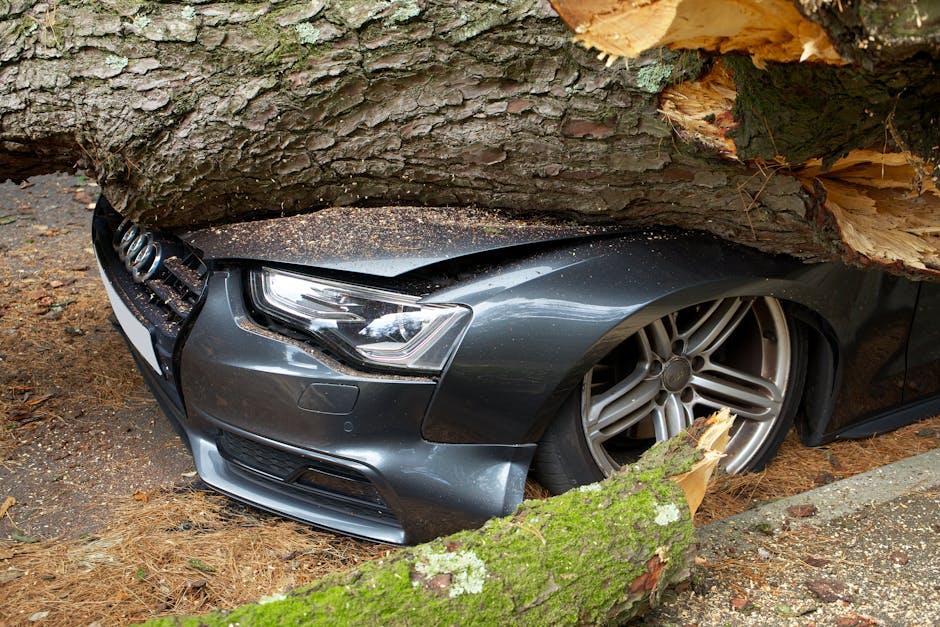
Motorcycling offers an exhilarating sense of freedom and adventure, yet it also requires a heightened awareness of safety. In 2025, as more people embrace this mode of transportation, understanding motorcycle safety becomes critical to avoid unforeseen road hazards. Whether you’re cruising the scenic byways of the Netherlands, navigating the urban landscapes of the United States, or exploring the winding roads of Europe, these comprehensive motorcycle safety tips will help keep you protected on every journey.
Understanding the Modern Road Environment
The road environment in 2025 has evolved with technological advancements and changing traffic dynamics. However, some traditional motorcycle hazards remain, while new ones have surfaced. Understanding these changes is the first step to ensuring your safety.
- Increased Traffic: With an ever-growing number of vehicles on the road, including electric scooters and bikes, motorcyclists must be vigilant about navigating traffic jams and weaving through congested areas.
- Advanced Vehicle Technology: Many vehicles now come equipped with advanced driver-assistance systems (ADAS), which can be both a boon and a challenge for motorcyclists. While these systems improve safety, they can sometimes misinterpret motorcycles, leading to potential accidents.
- Weather Variability: Climate change has led to unpredictable weather patterns. Motorcyclists need to be prepared for sudden rainstorms or extreme heat, which can affect road conditions and rider comfort.
Essential Gear for 2025
Motorcycle gear has advanced significantly, incorporating new materials and technologies for enhanced safety and comfort. Here’s what you should consider when gearing up:
- Smart Helmets: Look for helmets with integrated HUD (heads-up display) technology, providing real-time navigation, speed, and even road hazard alerts.
- Protective Clothing: Invest in jackets and pants made from abrasion-resistant materials like Kevlar or Dyneema. Many modern options also come with built-in airbags for added protection.
- Gloves and Boots: Ensure your gloves and boots are both comfortable and durable, offering enhanced grip and protection in case of a fall.
- Visibility Enhancements: Use reflective gear and install additional lighting on your motorcycle to increase visibility during nighttime riding.
Skill Enhancement for Safer Riding
Regardless of experience level, continually honing your riding skills is crucial for safety. Consider the following areas for improvement:
- Advanced Riding Courses: Enroll in a course to learn advanced techniques such as emergency braking, cornering, and evasive maneuvers.
- Mechanical Skills: A basic understanding of motorcycle mechanics can help you perform routine maintenance checks and address minor issues independently.
- Mindfulness Training: Riding requires acute awareness. Practice mindfulness to stay present on the road, reducing reaction times and improving decision-making.
Road Hazard Awareness
Being aware of potential road hazards can significantly reduce the risk of accidents. Here’s what to watch out for:
- Potholes and Road Debris: Keep an eye out for road irregularities, which can cause sudden loss of control.
- Wildlife and Pedestrians: In rural areas or near parks, be cautious of animals crossing the road. In urban settings, pedestrians may step into your path unexpectedly.
- Construction Zones: These areas often have loose gravel or uneven surfaces. Slow down and navigate carefully.
- Weather-Related Hazards: Rain, fog, and snow can decrease visibility and traction. Adjust your speed and following distance accordingly.
Using Technology for Safety
Technology plays a pivotal role in enhancing motorcycle safety. Here are some tech innovations to consider:
- Navigation Apps: Use apps that are specifically designed for motorcyclists, offering route planning with hazard alerts.
- Bike-to-Bike Communication Systems: These systems allow you to communicate with fellow riders, improving coordination during group rides.
- Anti-Lock Braking Systems (ABS): Ensure your bike is equipped with ABS to prevent wheel lock-up during sudden braking.
- Tire Pressure Monitoring Systems (TPMS): Keep track of your tire pressure in real-time to avoid blowouts and maintain optimal handling.
Embracing a Safety-First Mindset
Ultimately, your mindset plays a vital role in motorcycle safety. Cultivating a safety-first approach involves:
- Planning Your Route: Before setting out, check traffic and weather reports. Plan alternative routes to avoid known hazards.
- Maintaining Your Motorcycle: Regularly inspect your motorcycle for any mechanical issues. Routine maintenance can prevent breakdowns and accidents.
- Respecting Traffic Laws: Adhere to speed limits and road signs. Remember that rules are in place to protect all road users.
FAQ
Q1: What should I do if I encounter severe weather while riding?
If you encounter severe weather, the best course of action is to find a safe place to stop and wait it out. Avoid riding in heavy rain, snow, or fog, as these conditions greatly increase the risk of accidents.
Q2: Are there specific courses for new motorcyclists?
Yes, many countries offer beginner motorcycle courses that cover essential skills and safety practices. These courses are highly recommended for new riders to build confidence and competence on the road.
Q3: How can I enhance my motorcycle’s visibility?
Enhancing visibility can be achieved by wearing bright or reflective clothing, adding extra lighting to your bike, and ensuring all lights are functioning properly. This is especially important during night rides or inclement weather.
Q4: What are some common maintenance tasks I should perform?
Regular maintenance tasks include checking tire pressure, oil levels, and brake function. Inspecting the chain or belt, and ensuring all lights and signals are operational, is also crucial.
Q5: How can I stay safe riding in a group?
Group riding safety involves clear communication, planning, and coordination. Use signals to communicate intentions, maintain a safe distance between riders, and agree on a route and meeting points before setting out.
Conclusion
Motorcycle safety in 2025 requires a blend of traditional awareness and modern technology. By understanding road environments, equipping yourself with the right gear, continuously improving your skills, and embracing a safety-first mindset, you can enjoy the thrill of motorcycling while minimizing risks. Whether you’re an avid rider or a beginner, taking these precautions will ensure every ride is as safe as it is enjoyable.


